With festivals a plenty to choose from in India and the subcontinent it can be a little daunting to know where to start. So to help you out, here the Enriching Journeys recommendations of festivals to not miss in the coming 12 months of 2020.
January: Jaipur Literature Festival, 23 – 27 January, Diggi Palace, Jaipur

Book lovers should not miss attending this fantastic 5 day festival which is into its 14th year, has grown into the largest free literature festival. Attracting big names in the world of arts and culture from across the globe, the Jaipur Literature Festival attracts over 100,000 attendees. Held at the historic Diggi Palace, and with over 5 stages, the festival has someone for everyone to enthrall them. Don’t miss the evening music events that feature international as well as homegrown folk and contemporary artists.
February: World Sacred Music Festival, 13 -16 February, Meherangar Fart, Jodhpur

The World Sacred Spirit Festival brings together talent from across the globe, celebrating the spiritual significance of music which helps connect different communities, cultures, and religions. During the festival, the magnificent Mehrangarh Fort provides the breathtaking venue for this unique music festival – the entire fort will reverberate with the musical strains filled with ecstasy, joy and euphoria.
March: Hola Mohalla, 10 – 12 March, Anandpur Sahib, Punjab

Experience Holi the Sikh way at the Hola Mohalla, which coincides with Holi. This annual festival has its origins from 1701, when it was first organised by Sikh Guru Gobind Singh to celebrate Holi. Instead of throwing colors however you can expect to see demonstration of physical agility by the Nihangs, the Sikh warriors. Dressed in their traditional attire see the Nihangs participate in wrestling, martial arts, mock sword fights, acrobatic military exercises, and turban tying competition.
April: Bohang Bihu, 14 – 20 April, Assam
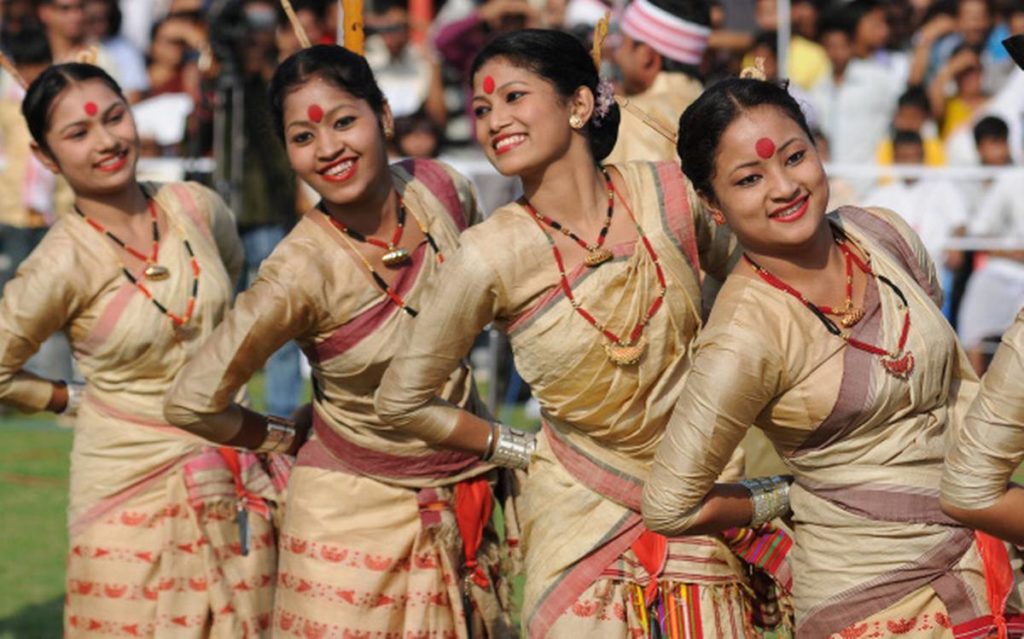
Bohag Bihu is the first and most important of three Bihu festivals in Assam. It is the new year celebration, a celebration of the arrival of spring weather, and a sowing festival. Rice is the main focus of the sowing. All of the Bihu festivals are centred around rice and agriculture and are meant to honour Krishna, the fertility goddess, cattle, and elders. On Bohag Bihu, there is feasting, dancing, musical performances, and other events. Some will also hang pots from poles by their homes, and children may don flower-garlands and to through the city streets “welcoming the new year”.
May: Vesak, 7 May, Sri Lanka
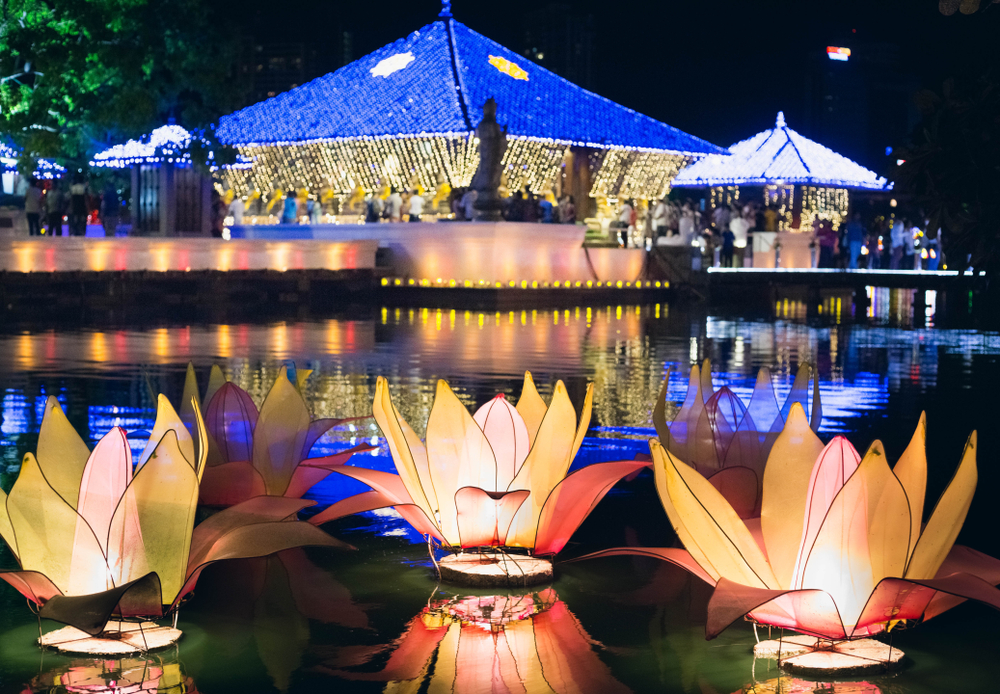
Vesak in Sri Lanka is a religious and cultural celebration which is held during the full moon in the month of May, and honours the birth, enlightenment, and death of Buddha. Celebrated throughout the Sri Lanka, the entire island is decorated with colourful lights shaped as lotuses, strung on the streets and on every Buddhist household. Vesak pandals are also constructed in several popular cities and towns which depict stories from the life of Lord Buddha. The pandals are massive structures that include electric bulbs and elaborate paintings.
June: Jaganath Puri Yatra, 23 June, Puri, Odisha

Jaganath Rath Yatra is one of the biggest and most eagerly awaited festivals in Odisha. It is dedicated to Lord Jagannath, a reincarnation of Vishnu and Lord Krishna, his sister Goddess Subhadra and his elder brother Lord Balabhadra. The festival sees hundreds of thousands of pilgrims every year, who flock to Puri to join the grand procession which featured huge chariots which transport the deities from the Jaganath Temple to the Gundicha Temple, where they stay for nine days. The chariots, which are beautifully ornate, are constructed from wood, and are pulled by enthusiastic devotees. Non Hindu are not allowed into the main temple, however they can witness the amazing processions and great fanfare that happens during the festival.
July: Hemis Festival, 30 June – 1 July, Hemis Monastery, Ladakh

The two-day Hemis Festival, which takes place 40kms from Leh, commemorates the birth of Guru Padmasambhava, who founded Tantric Buddhism in Tibet. The highlight of the festival whuch takes place within the walls of the monastery is the masked dances which are performed by the lamas, and that demonstrate the fight of good over evil, with the former victorious. The dancers wear elaborate costumes with brightly painted masks, many of them quite terrifying to look at. It’s a noisy affair, with much crashing of symbals and the blowing of the four meter long trumpets called Dungchen. The whole event is an amazing spectacle and draws people in from villages from miles and miles away.
August: Nehru Trophy Snake Boat Race, 8 August, Allepy, Kerala
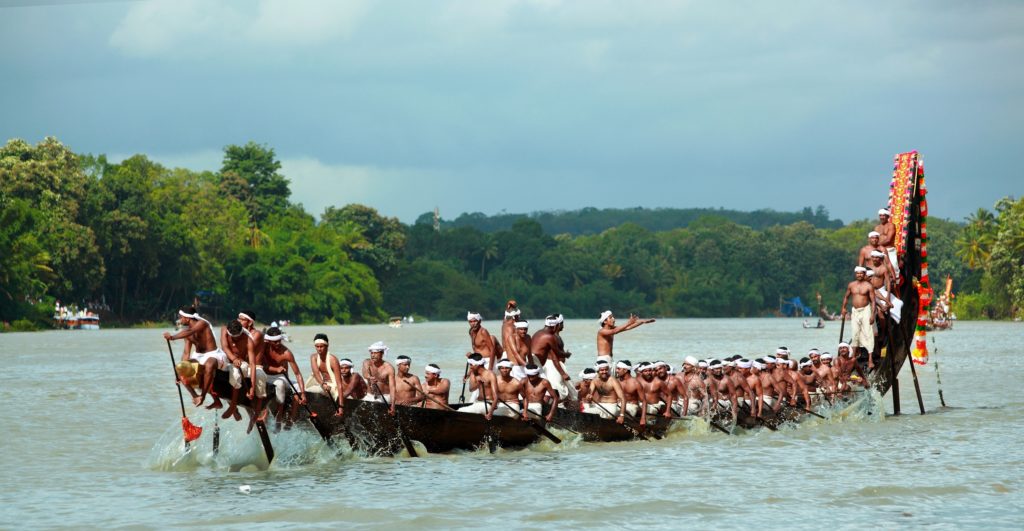
The 68th edition of the Nehru Trophy Snake Boat Race takes place in Allepy. Most definitely this is the most famous and iconic boat race of the year in Kerala, and is held to commemorate PM Jawahar Lal Nehru, who donated a trophy during a boat race he attended in 1952, thus starting an annual tradition. Held on the Alleppey Backwaters there are upwards of 70+ boats that compete, all measuring 130+ ft long with crews of 100+ men. It is a frenetic and thrilling site and well worth a visit if you’re in Kerala in August.
September: Onam Pulikali, 3 September, Thrissur, Kerala

On the fourth day of Onam the very specific Pulikali (Tiger Dance) happens. It is one among the folk art forms of Kerala, and sees the performers paint their bodies to masquerade as tigers, with stripes of yellow, red and black. They dance to the rhythm of traditional percussion instruments such as thakil, udukku and chenda. It may seem like one of India’s most eccentric of festivals but it is serious business with the artists taking hours to get ready, and there is a generous cash prize for the best dance troupe.
October: Durga Puja, 22 – 26 October, Calcutta, West Bengal
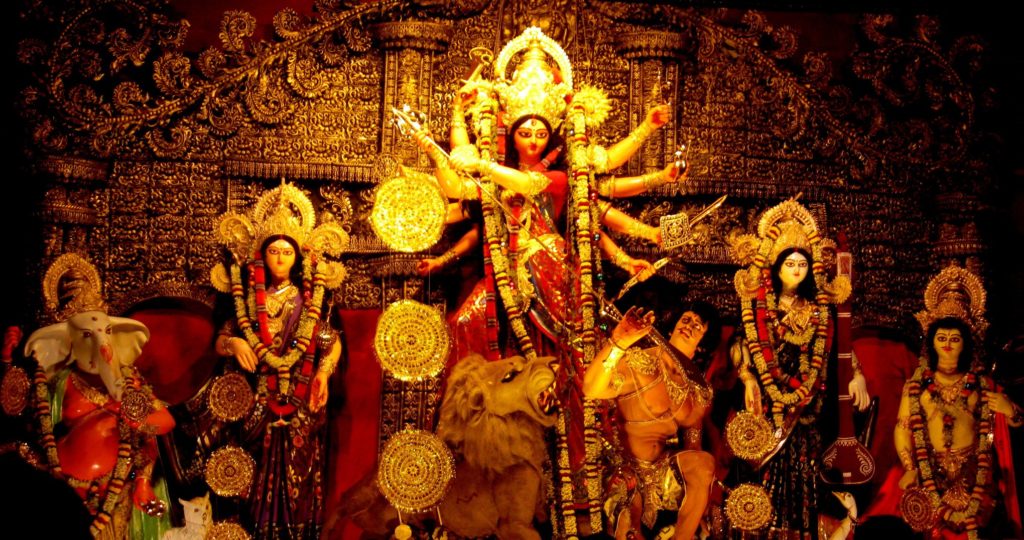
The most important festival of the calendar year in Calcutta is Durga Puja, with preparations commencing many months in advance. The festival honours the mother goddess Durga, and beautifully handcrafted statues of the goddess are crafted and installed in pandals in almost every lane of the city during this festival. Calcutta pretty much comes to a standstill each evening of the festival as people flock to the streets to view the displays and enjoy the party atmosphere and delicious food sold on every street corner. The culmination of the festival is a parade of the statues around the city before they are submerged in the river as the ultimate offering.
November: Chandrabhaga Fair, (dates to be confirmed), Jhalrapatan, Rajasthan
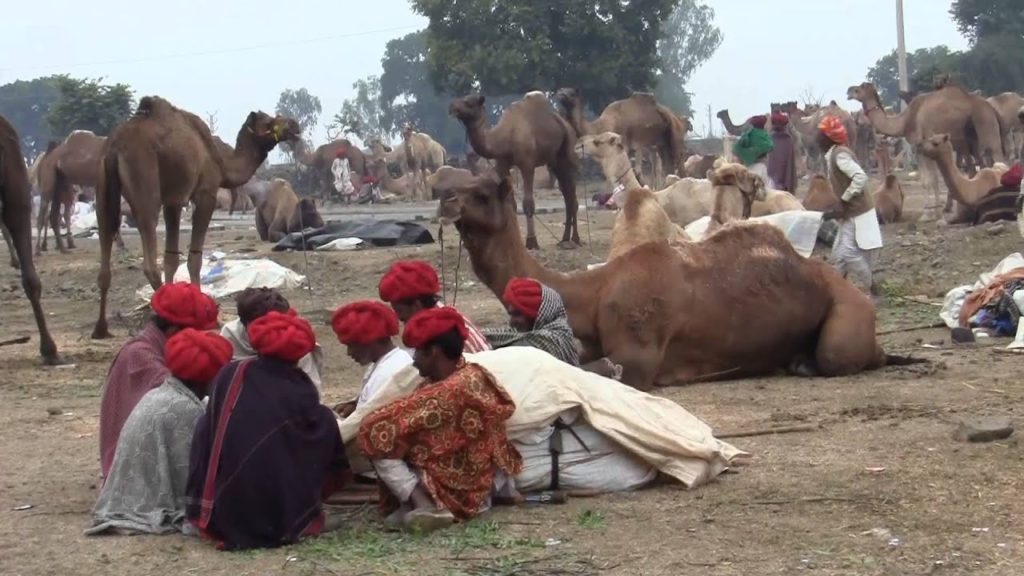
If the Pushkar Fair has become too commercialised for your taste then visit the Chandrabhaga Fair as an alternative. Visiting Chandrabhaga is visiting a traditional and totally authentic cattle fair, where there are very few tourist, and the commercialism that has hit Pushkar is nowhere to be seen. You’ll see more camels here than at Pushkar, as well as Marwari horses and cattle. There is of curse the obligatory carnival atmosphere, food stalls and stalls selling goods, but it is 100% local and unspoilt, and for photographers it is an absolute dream.
December: Hornbill Festival, 1- 10 December, Kohima, Nagaland

The Hornbill Festival, named after the bird, is held in a small remote part of Noth Est India, shows and sees the gathering of warrior tries of Nagaland. They come together to celebrate their traditional dance, art, folk music and song and it’s an important movement in ensuring the cultural wealth of the Nagaland tribes is preserved. In addition there are music convert, archery, wrestling and other indigenous games an sports and naga chilli eating competitions.

